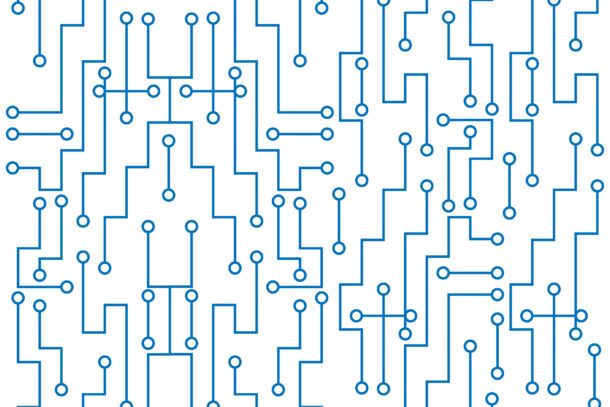VHDL wrappers can be used in a variety of situations where it is necessary to interface two different design entities. Some common scenarios where wrappers are used include:
Adapting the interface of a legacy design entity to a new interface: If you have an older design entity that you want to reuse in a new design, you may need to use a wrapper to adapt its interface to the interface of the new design. This could be necessary if the legacy design uses different signals or data types than the new design, or if it has a different number of inputs or outputs.
Isolating design entities: Wrappers can be used to create a boundary between different design entities to isolate them from each other. This can be useful for separating different design blocks or for creating a testbench environment where each design entity can be tested in isolation.
Adapting the interface of a design entity to a specific standard or protocol: If you are using a design entity that has a generic interface, you may need to use a wrapper to adapt it to a specific standard or protocol. For example, you might use a wrapper to adapt a design entity to the AXI protocol for use in a system-on-chip (SoC) design.
Adding additional functionality to a design entity: Wrappers can be used to add additional functionality to a design entity by using the wrapper to process the input and output signals in some way. For example, you might use a wrapper to add error correction or data compression to a design entity.
Wrappers are a useful tool in VHDL design because they allow you to reuse existing design entities and adapt them to different interfaces and environments, while also providing a way to isolate and test individual design entities.


